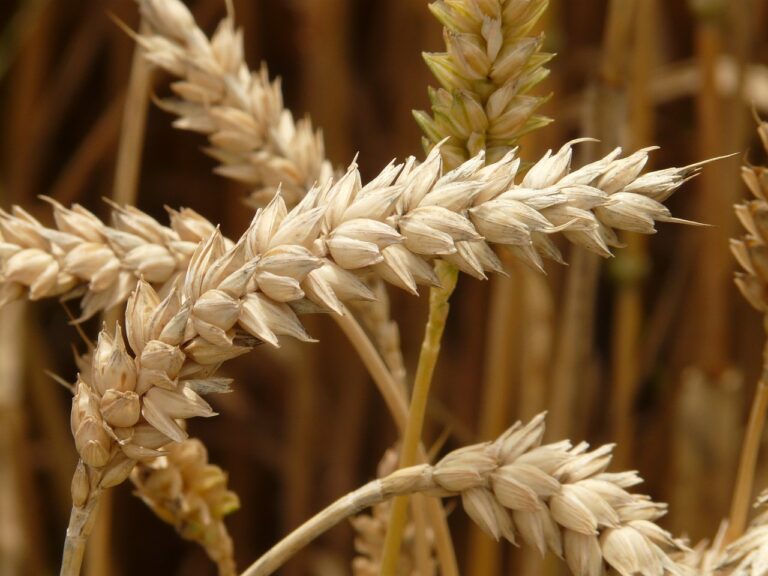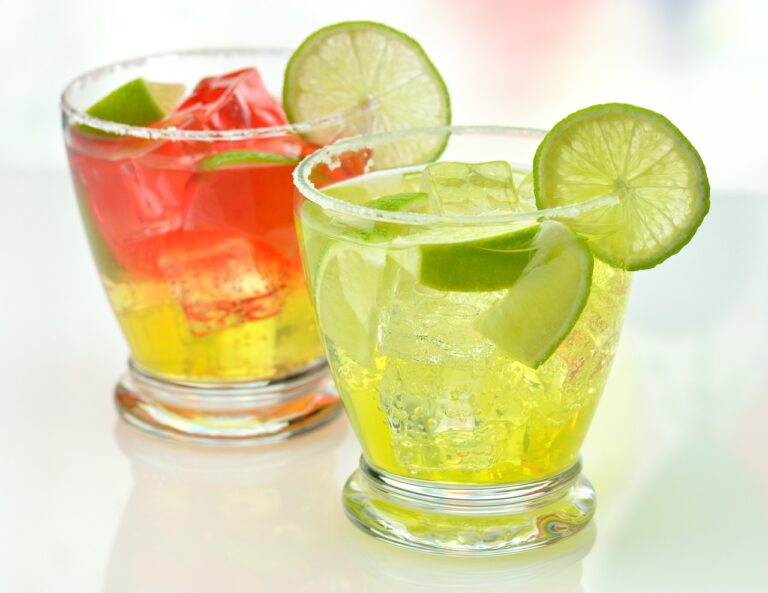The Science of Coffee Brewing: Extraction Methods Explained
11xplay online id login, india24bet login, skyinplay:Coffee brewing is an art and a science. There are various methods to extract the flavors and aromas from coffee beans, each resulting in a unique brew. In this article, we will explore the science behind coffee brewing and explain the different extraction methods used.
Extraction is the process of dissolving and extracting compounds from coffee beans into water. The key factors that affect extraction are grind size, water temperature, brew time, and coffee-to-water ratio. Understanding how these elements interact with each other can help you achieve the perfect cup of coffee.
Grind Size:
The grind size of coffee beans affects the surface area exposed to water and the rate of extraction. A finer grind size increases the surface area, allowing for faster extraction. Conversely, a coarser grind size results in a slower extraction process. Different brewing methods require specific grind sizes to achieve optimal extraction.
Water Temperature:
Water temperature plays a crucial role in coffee extraction. Water that is too hot can over-extract coffee, resulting in a bitter brew. On the other hand, water that is too cold may under-extract coffee, producing a weak and sour taste. The ideal water temperature for coffee extraction is between 195F to 205F.
Brew Time:
The brew time determines how long the coffee grounds are in contact with water during the extraction process. A shorter brew time may lead to under-extraction, while a longer brew time can result in over-extraction. Finding the right balance is essential for extracting the desired flavors and aromas from the coffee beans.
Coffee-to-Water Ratio:
The coffee-to-water ratio impacts the strength and intensity of the brew. A higher ratio of coffee to water will result in a stronger flavor, while a lower ratio will produce a milder taste. It is essential to experiment with different ratios to find the perfect balance for your preferences.
Now, let’s dive into the different coffee extraction methods:
1. Drip Coffee:
Drip coffee, also known as filter coffee, is one of the most popular brewing methods. Hot water drips through a bed of coffee grounds and a paper or metal filter, extracting the flavors and oils from the beans. This method produces a clean, smooth cup of coffee that is perfect for everyday enjoyment.
2. French Press:
The French press, or press pot, is a classic brewing method that involves steeping coarse coffee grounds in hot water before pressing them down with a plunger. This method allows for full immersion of the coffee grounds, resulting in a rich and full-bodied brew with a robust flavor profile.
3. Espresso:
Espresso is a concentrated form of coffee brewed by forcing hot water through finely ground coffee under high pressure. This method extracts the flavors and aromas quickly, resulting in a bold and intense shot of coffee. Espresso forms the base for many coffee beverages such as lattes, cappuccinos, and macchiatos.
4. Aeropress:
The Aeropress is a versatile brewing method that uses air pressure to extract coffee from the grounds. This method allows for full immersion and pressure extraction, resulting in a clean and flavorful cup of coffee. The Aeropress is popular among coffee enthusiasts for its portability and ease of use.
5. Pour-Over:
Pour-over coffee involves pouring hot water over coffee grounds in a filter cone, allowing the water to drip through and extract the flavors. This method offers full control over the extraction process, allowing for customization of brew time and water flow. Pour-over coffee produces a clean and nuanced cup of coffee with clarity in flavor.
6. Cold Brew:
Cold brew coffee is made by steeping coarsely ground coffee beans in cold water for an extended period, typically 12-24 hours. This method results in a smooth and mellow brew with lower acidity and bitterness than hot brewed coffee. Cold brew is perfect for hot summer days and can be enjoyed black or with milk and sweeteners.
FAQs
1. What is the best grind size for coffee brewing?
The best grind size varies depending on the brewing method. Generally, a medium grind is suitable for drip coffee, while a fine grind is preferred for espresso. It is essential to experiment with different grind sizes to find the perfect one for your preferred brewing method.
2. How does water temperature affect coffee extraction?
Water temperature plays a crucial role in coffee extraction. Water that is too hot can result in over-extraction, while water that is too cold may under-extract coffee. The ideal water temperature for coffee brewing is between 195F to 205F to achieve optimal extraction.
3. What is the ideal coffee-to-water ratio for brewing coffee?
The ideal coffee-to-water ratio depends on personal preferences and the desired strength of the brew. A general guideline is to use 1 to 2 tablespoons of coffee per 6 ounces of water. It is essential to experiment with different ratios to find the perfect balance for your taste.
4. How long should I brew coffee for the best extraction?
The ideal brew time varies depending on the brewing method and grind size. Generally, a brew time of 3-4 minutes is suitable for drip coffee, while espresso requires a shorter brew time of 25-30 seconds. It is essential to adjust the brew time based on the grind size and coffee-to-water ratio to achieve the perfect extraction.
In conclusion, the science of coffee brewing is complex and fascinating. By understanding the fundamentals of extraction methods, grind size, water temperature, brew time, and coffee-to-water ratio, you can enhance your coffee brewing skills and enjoy a delicious cup of coffee every time. Experimenting with different brewing methods and techniques will help you discover your favorite flavors and aromas in the world of coffee. Happy brewing!







